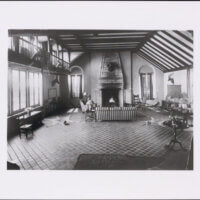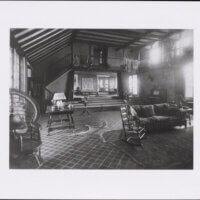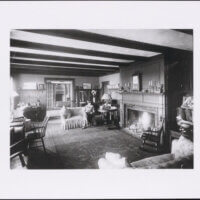John and Mike’s Childhood
John and his twin brother Mike were born on August 2, 1929 in Orange, New Jersey. John and Mike spent their childhood shuttling back and forth across the Atlantic, always together. At age 1 (or perhaps 2?) both boys left America with their mother for England on a ship, name unknown, to join their father, Pat, a stockbroker working at the London firm of Chase, Henderson and Tennant. Their older brother Peter was already there with his father.
In 1934 (or perhaps 1935?) all three boys went back to America with their mother to spend the summer on Cape Cod, where they were cared for by a woman known as “Nanny Mellish,” and then back to England. (She must have liked the boys, because later she married an English policeman named Lightfoot, and they had a child and named him Peter Michael John.)

On the trip back to England, aboard the White Star Liner Georgic, the boys invented a new language just for themselves, with 200 made-up words. Their word for “goodbye” was “glop.” The secret language may have been annoying to their fellow passengers and crew, because, in the words of Mike, “They were delighted to see us get off the ship.”
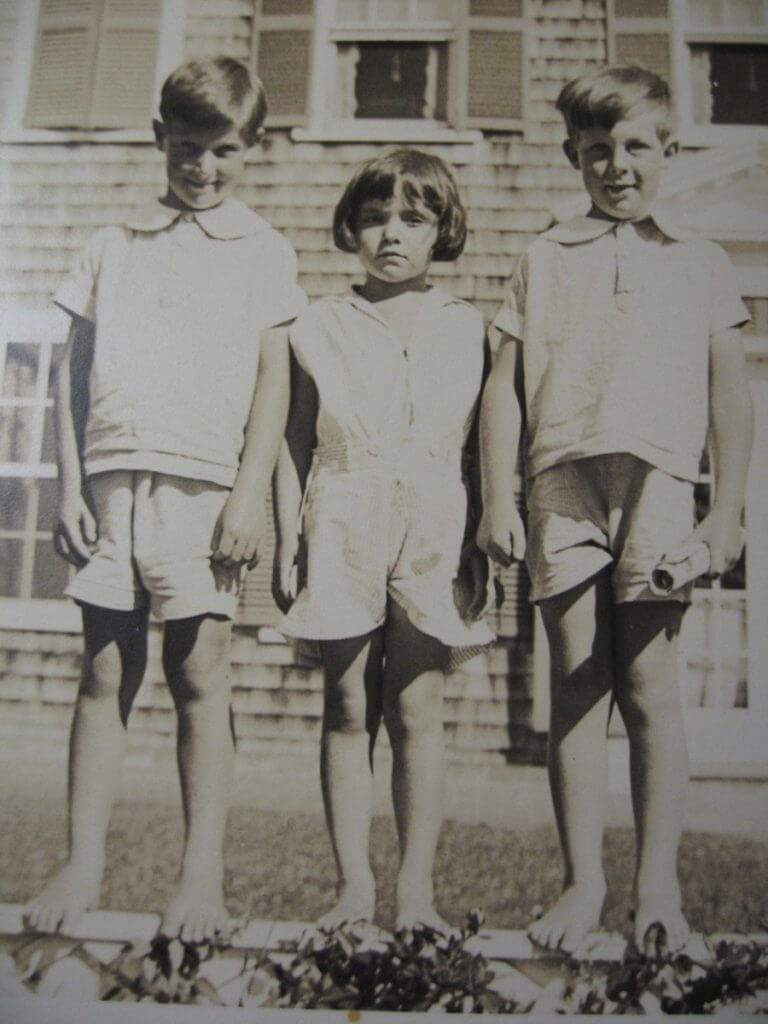
In 1939, the boys returned to America for summer vacation, and that September, England and France declared war on Nazi Germany. Their father enlisted in the “Territorials,” a volunteer force that could be called upon to go overseas to fight. He began as a Private, and was eventually discharged as a Major. He served in the Artillery, but was never sent off to fight. Their mother went back to England to join him, but the boys stayed in Cape Cod, with their grandparents.
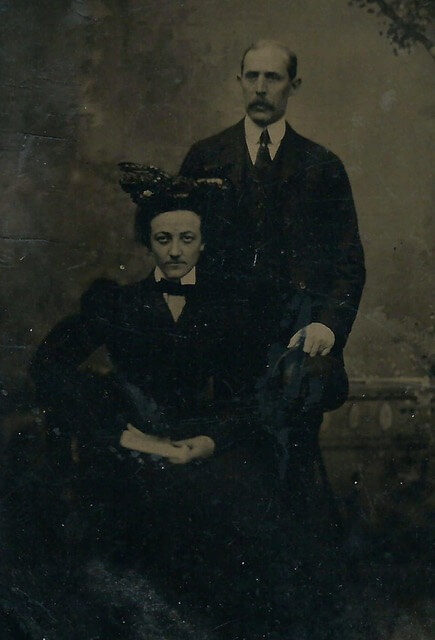
Mike had fond memories of both his grandparents, but thinks that the boys may have been a bit rambunctious as long-term guests: “It was probably too much for my grandmother.” Their grandfather, Irving K. Taylor, co-founder and then president of W. A. Taylor and Company liquor importers, led an adventurous life as a naturalist and big-game hunter. Click here to read his New York Times obituary.
In 1944, John and Mike once again crossed the Atlantic, travelling to England on the aircraft carrier HMS Patroller, which was ferrying airplanes to England. The planes, covered in green plastic, were stored on the top deck and the lower “hangar deck.” Passengers all stayed in what was called “the pilots’ ready room.” “It was fun for one day,” said Mike, “because you were on an aircraft carrier. Then it got boring as hell.” The ship was the flagship of a large convoy, which zigzagged all the way across the Atlantic, to avoid submarine attacks. They had one submarine scare, two days out from Liverpool, where they eventually docked safely.
In England, the boys went not to London to live, but to Hexum, in Northumberland. After the war, they moved back to the family’s house at 45 Tregunter Road, where they occupied the basement and street-level floors.
(Interestingly, perhaps, the upper apartment was occupied by Lieutenant Commander Mike Badham, who had been a submarine commander in the Royal Navy, and later would design and build an early trimaran and sail it across the Atlantic with his family. He remained friends with the Maxtone-Grahams, and both John and Mike later sailed on the trimaran with him. Mike at one point suggested that Badham bring the boat to the Cape, so that JFK would see it and want one to order one, but JFK was killed before that could happen.)
One person who got to know these three boys well was their aunt, Jan Struther, also known as Joyce Maxtone-Graham, whose life story and interactions with the Maxtone-Grahams are discussed at length elsewhere on this website. Jan Struther wrote a book of comic poetry entitled “The Modern Struwwelpeter.” (It was based on an 1845 German book of light verse called “Struwwelpeter.”) The poems in Jan’s book make free use of the first names of her children and other young relatives. One poem, called “Restless Mike and Ruthless John,” tells the story of two naughty young boys who tried various tricks to get rid of their stern governess, Miss Marlinespike.
During the war, English teenage boys were expected to join one of several preparatory officer training units. Mike and John joined the army-affiliated Junior Training Corps, which later merged with the Sea Cadets and Air Training Corps, to form the Combined Cadet Force, which still exists today.
Their mother wrote letters to friends and relatives back in the U.S. about wartime life in England. Many of those letters are now archived in London’s Imperial War Museum. (The editors believe.)
In 1947, Mike and John’s parents divorced, and John and Mike decided to go to college in the U.S. With the war over, they were unable for a long time to get a berth on a westbound ship, because, in Mike’s words, “of all the GIs going home with their English wives and fiancées.” But they eventually got a berth, likely on SS America. (This beautiful ship was designed by William Francis Gibbs, and bears a strong resemblance to the Gibbs-designed SS United States, which would be the subject of John’s final book.) On arrival in America, Mike and John both swore an oath of allegiance to the United States, giving up their dual British/American citizenship.
On the Cape, the boys lived in the family’s house on Bass River, number 5 Aunt Edith’s Road, commonly called the River House.
Here is John’s partial description of the River House, from his unpublished memoir, and some photos of the house:
“There was a long closed porch separating the living room from what we always called the Big Room. This was the huge space that grandfather had added to River House to show off his African trophies. One descended from the porch down a flight of about five steps which served, incidentally, as a useful stage. The Big Room had several large windows, a few substantial pieces of furniture, an upright piano and a tiled floor. Years of shooting in Africa had created a backlog of heads, skins, tusks and weapons. A water buffalo head dominated the sloping stone wall above the fireplace and ibexes’ heads adorned other walls. A lion and a tiger skin, complete with their original heads and open, fanged jaws, were laid out on the floor and numbers of spears and elephant tusks were scattered about the room.
Half a dozen zebra skins were draped along the surrounding balcony railings. As a teenager, Bill Taylor, my mother’s younger brother, used to climb up onto the Big Room’s balcony, hang from the railing and drop down onto the sofa below it. It was a difficult feat and one that would ultimately destroy the sofa’s springs. It had come originally from New York’s Sloane Company and was shipped back to them to be rebuilt. When it arrived back on the Cape, it was moved into the living room so that it would no longer serve as ground zero for Bill and become instead a comfortable convenience for my grandparents.
That Big Room was too cold to use during the winter, but the porch separating it from the living room was a perfect place in which Aunt Rachel could install, as a surprise, an entire miniature village of about a dozen cardboard houses with lighted interiors, nestled along white cotton wool slopes.”
To pay expenses, the house took in boarders, and both John and Mike worked at the house during their summer vacations. John specialized in cooking – a skill he learned from his mother – and Mike specialized in working in the garden. This photo shows them one summer at River House, in their work clothes.
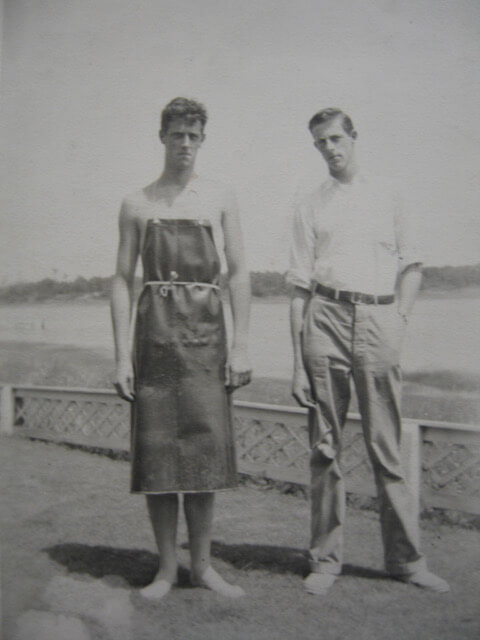
Both boys spent their last high school years at Tabor Academy, in Marion, Mass. In 1947, John enrolled at Brown University, and Mike, after a semester at the New Preparatory School in Cambridge, enrolled at Harvard.
